When people think about night or low light film photography, I imagine they picture SLRs, TLRs, or large-format cameras, tripods, cable releases, and oh yes, a light meter. That’s all well and good. But sometimes you want to do a low light shot and you’re out and about without fancy gear–you just have your humble pocket camera with you. Can you get a decent low light photo with just that?
In some cases, you can, especially if your daily pocket carry happens to be an Olympus XA2. Originally released in 1980, the XA2 is the little brother to series champ XA, a stripped down machine aimed for the general consumer who just wanted a snapshot camera. It features a four element D.Zuiko 35mm f/3.5 lens, zone focus, and automatic exposure. It’s a camera that you don’t have to think too much about when you shoot–open the dust cover, wind the film, set zone (though leaving it on the middle position usually gets good results), and fire the shutter. This “shoot from the hip” ability plus compact size means it’s an easy camera to bring with you, everywhere, just like designer Yoshihisa Maitani intended.
On paper, none of the above makes it an appealing machine for when things get dark. There’s no exposure control beyond setting the ASA/ISO (which only goes up to 800), the electronic shutter does not allow a cable release, and even if it did, there’s no “bulb” mode. How the heck can you pull off a low light shot with an Olympus XA2?
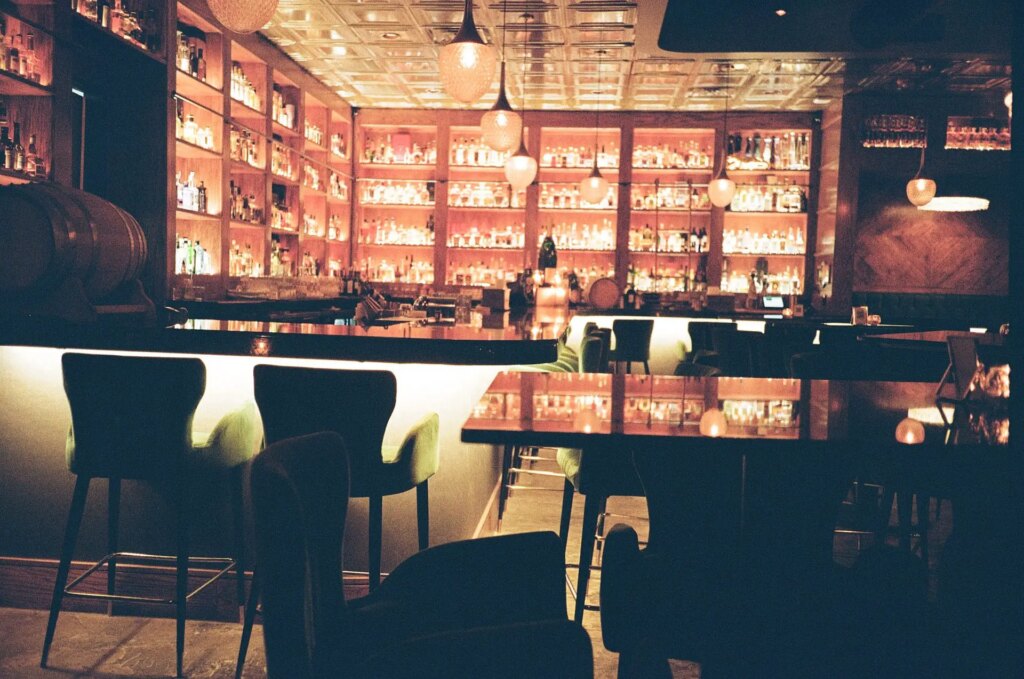
Well, the XA2 has three tricks up its sleeve to make long exposures possible:
- The programmed shutter allows for shutter speeds as long as 2 seconds. Not as long as the XA’s 10 seconds, but it’s still something.
- The XA2 features a self-timer.
- When you turn the switch on the bottom of the XA2 to self-timer mode, the switch sticks out from the camera, acting as a stabilizer.
All of the low light shots I’m sharing with you were enabled by these three tricks above. I find a place to put the Olympus XA2 (sometimes I even remember a small tripod), set the ISO/ASA to 800, wind the film, turn on the self-timer, and hit the shutter.
I’ll admit, there’s no methodology in making these photos–no point in trying to meter or anything, no trying to figure out reciprocity failure or any other “serious photography” business. Heck, since it’s my daily carry camera, often it’s loaded with ISO 200 film, no Cinestill 800T or Portra 800! I take a chance and hope something good comes out. And often times something does! I’m amazed at how capable this humble little machine is.
Please enjoy some low light photos from my Olympus XA2.
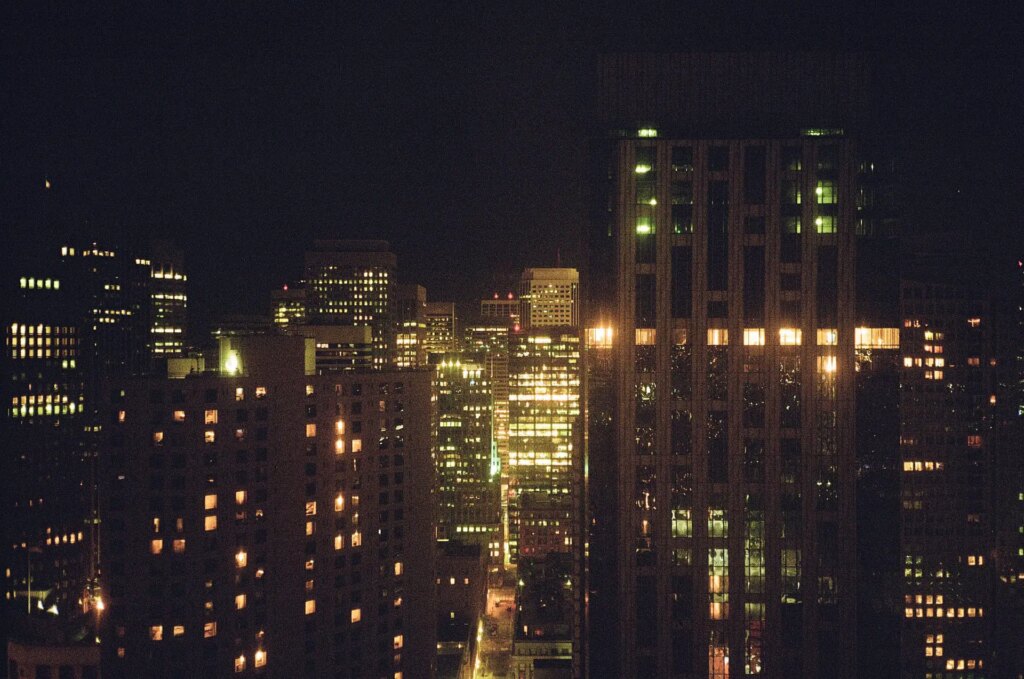
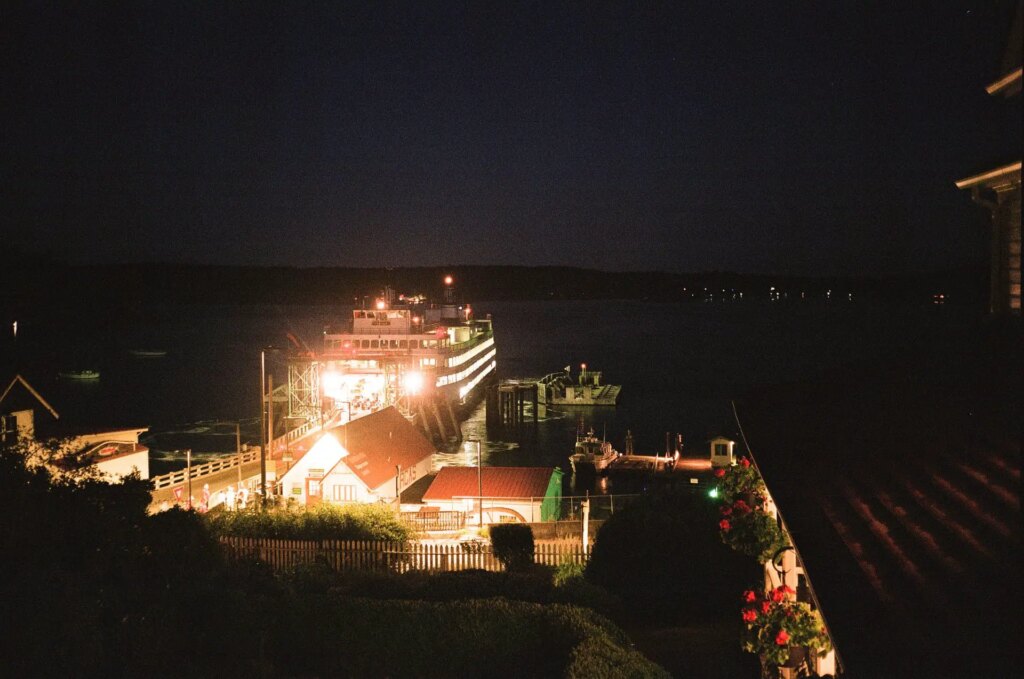
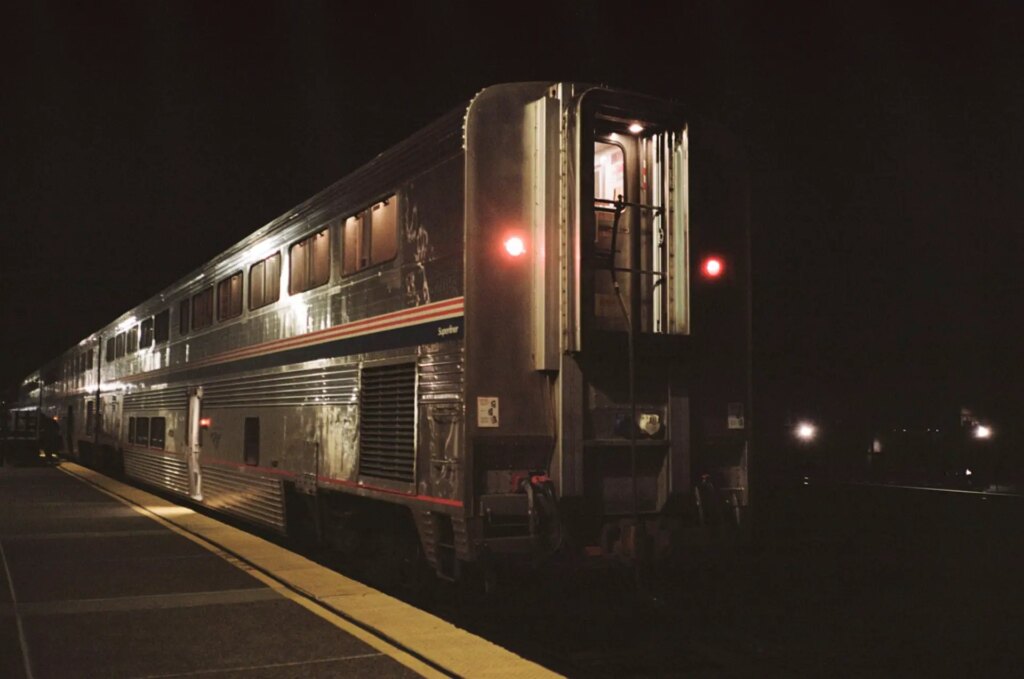
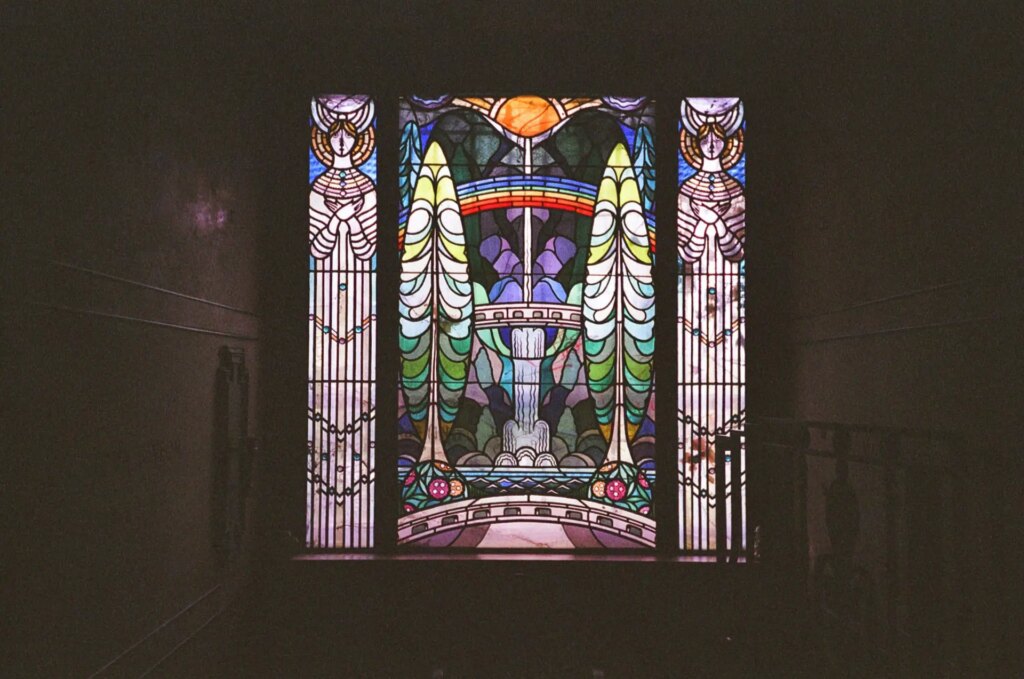
Thanks for reading! -Shawn
For more photos from my Olympus XA2, low light or no, click here.
For more of me on the internet, click here.
Share this post:
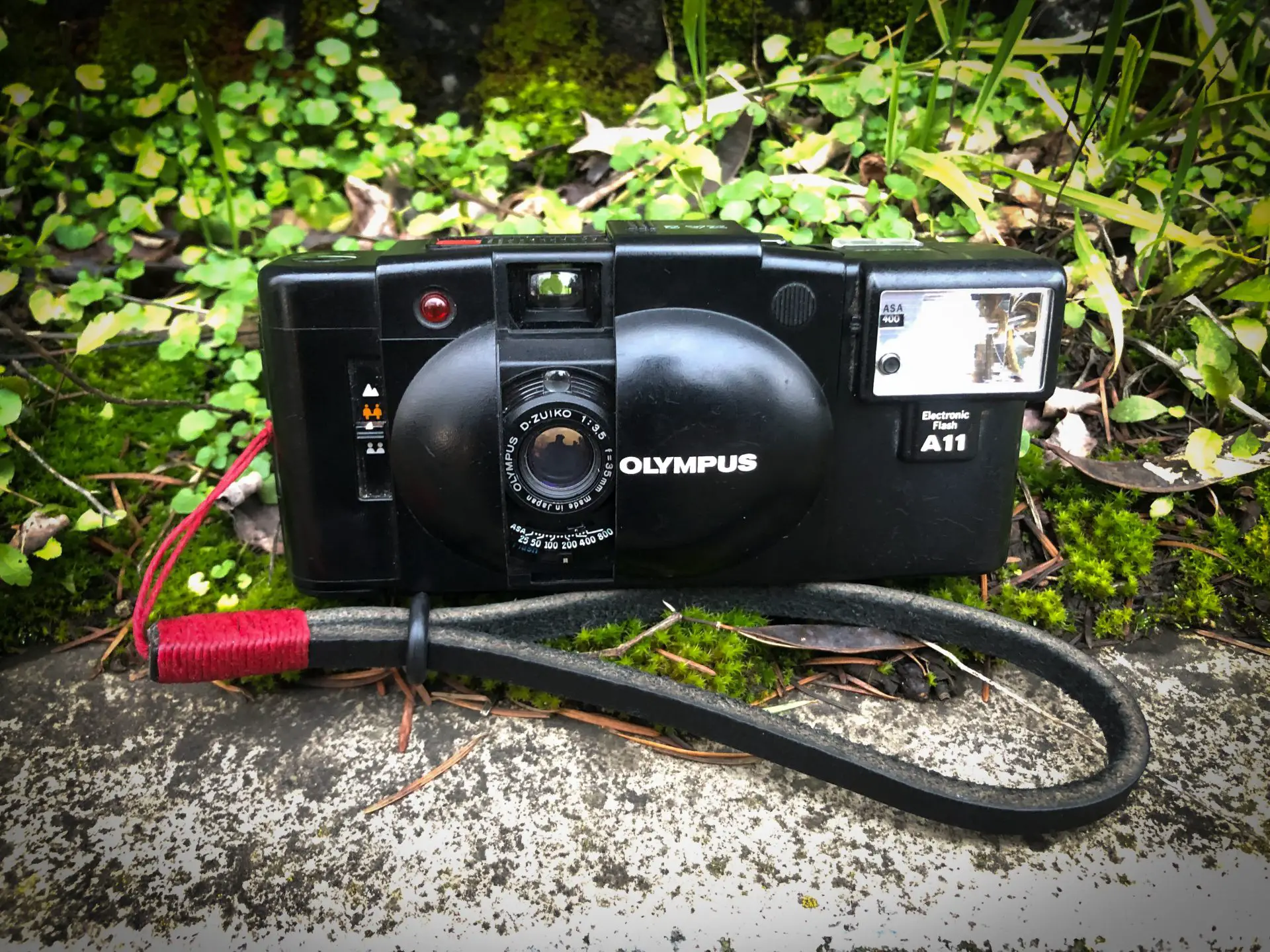
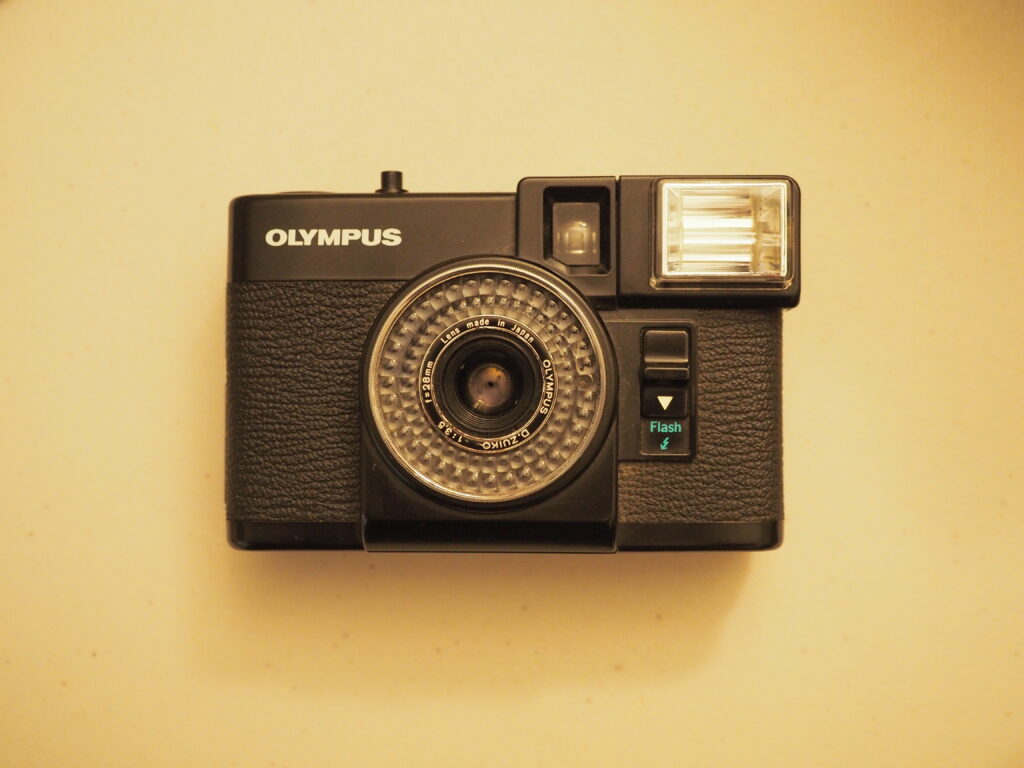
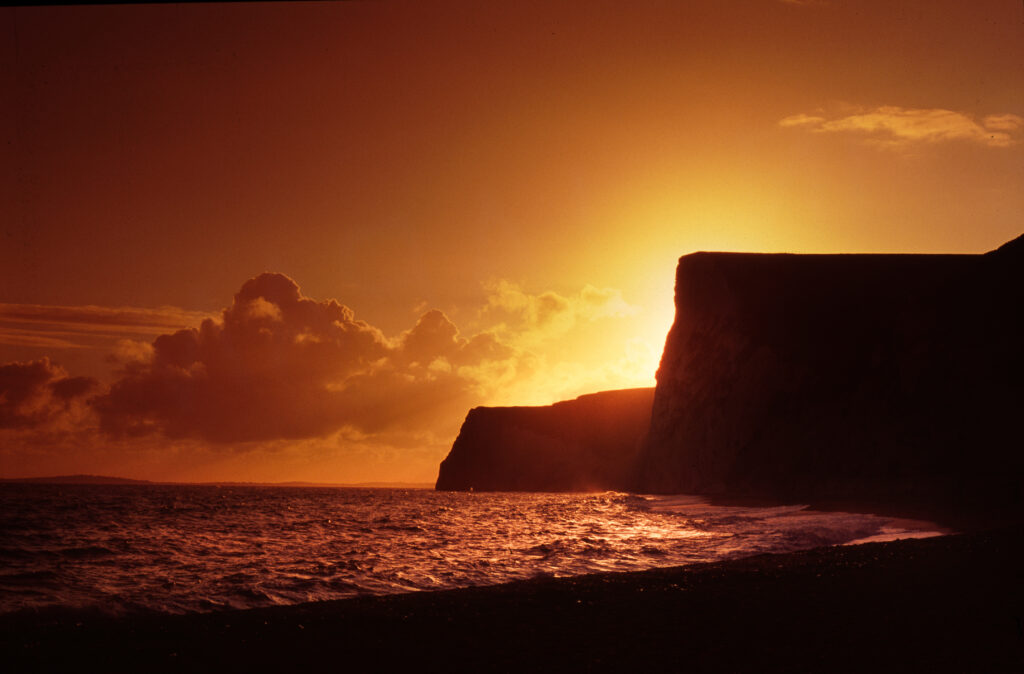
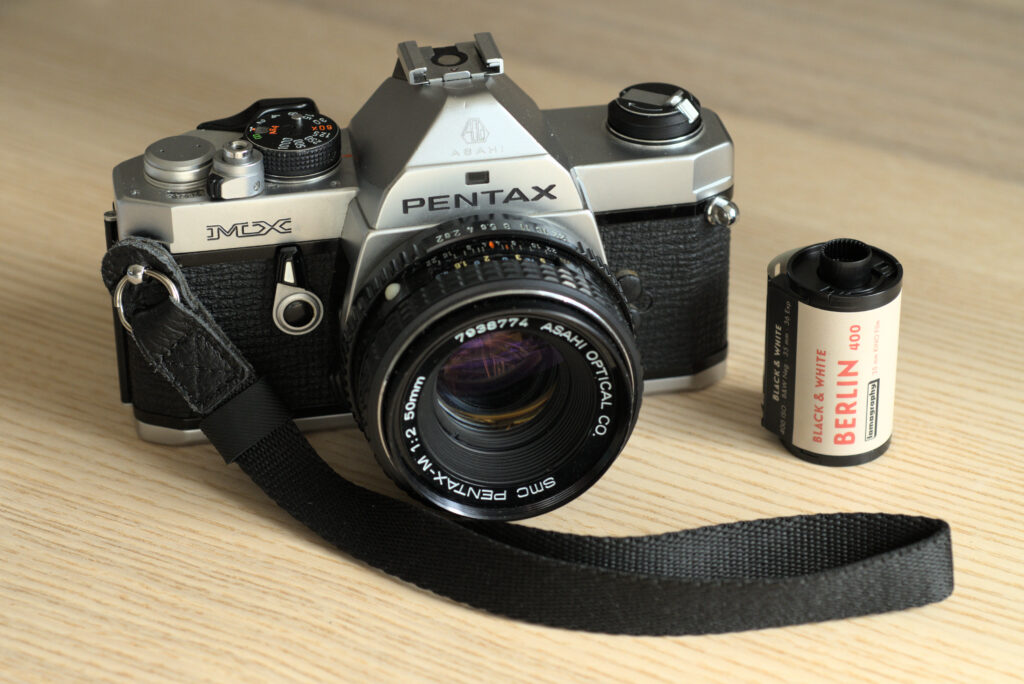
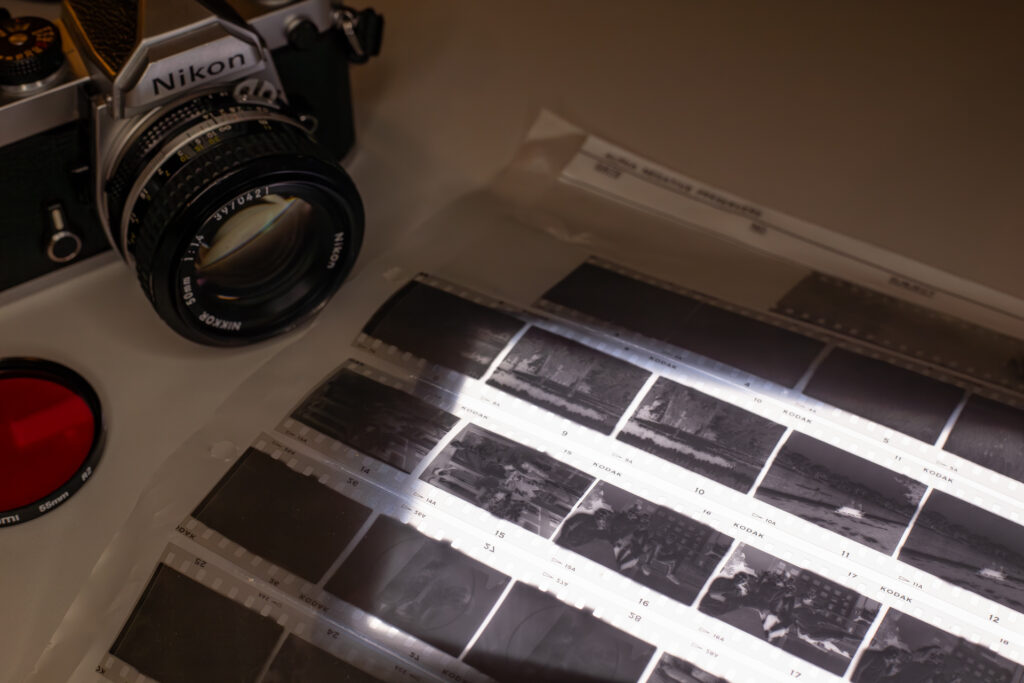




Comments
Julian on 5 frames of low-light photography with an Olympus XA2 – by Shawn Granton
Comment posted: 04/02/2023
Comment posted: 04/02/2023
Martin Siegel on 5 frames of low-light photography with an Olympus XA2 – by Shawn Granton
Comment posted: 04/02/2023
Thanks and regards
Martin in Austria
Comment posted: 04/02/2023
Stala Gavrielides on 5 frames of low-light photography with an Olympus XA2 – by Shawn Granton
Comment posted: 04/02/2023
Thanks for sharing! ????
Comment posted: 04/02/2023
DeeDee Yelverton on 5 frames of low-light photography with an Olympus XA2 – by Shawn Granton
Comment posted: 04/02/2023
Paul on 5 frames of low-light photography with an Olympus XA2 – by Shawn Granton
Comment posted: 04/02/2023
Comment posted: 04/02/2023
Erik Brammer on 5 frames of low-light photography with an Olympus XA2 – by Shawn Granton
Comment posted: 04/02/2023
Safiyyah on 5 frames of low-light photography with an Olympus XA2 – by Shawn Granton
Comment posted: 04/02/2023
Daniel on 5 frames of low-light photography with an Olympus XA2 – by Shawn Granton
Comment posted: 05/02/2023
Comment posted: 05/02/2023
New 35mmc post: Night/Low light shots with the Olympus XA2 – Bikes and Film Cameras Club on 5 frames of low-light photography with an Olympus XA2 – by Shawn Granton
Comment posted: 06/02/2023
Eric Norris on 5 frames of low-light photography with an Olympus XA2 – by Shawn Granton
Comment posted: 06/02/2023
Comment posted: 06/02/2023